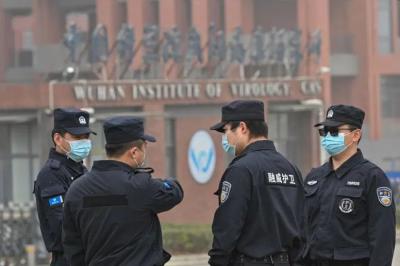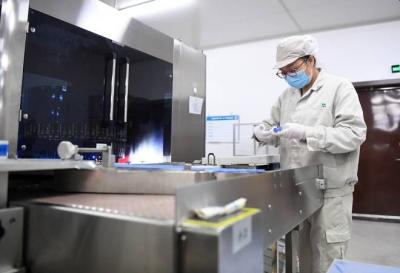Wuhan Lab: OMG! 59 labs like Wuhan Institute worldwide; Danger of virus spreading 'like a bomb'
By Lokmat English Desk | Published: June 5, 2021 09:03 PM2021-06-05T21:03:57+5:302021-06-05T21:03:57+5:30

Almost all countries now agree that the corona virus was developed in the Wuhan Institute of China. Evidence is beginning to emerge. From Wuhan's lab, the virus spread around the world and killed millions. US President Joe Biden.

Even so, owning one is still beyond the reach of the average person. Accidents like that happen there too. What happened in Wuhan was an accident, according to a group of scientists.

A report was published in The Financial Times on Friday. It is said to have 59 labs like Wuhan worldwide. Some of these are being created. Biological experiments and research are also done there, and will be done in the future.

The number of such labs has grown rapidly over the past decade. These laboratories are in 23 countries. It also includes Britain, the United States, China, India, Gabon and Ivory Coast. Wuhan Laboratory is one of the 59 countries.

The laboratories have been studied by Gregory Coblantz, a professor of biodevelopment at George Massas University, and Philip Lentoz, a professor at King's College London.

According to him, out of the 42 laboratories for which data is available, half of the labs have been set up in the last decade.

"Looking at the way things are done in this lab, it's going to be half an accident," Lentoz said. Richard Ebright, a professor of chemical biology at Rutgers University in the United States, said that the more labs there are, the more threat.

According to analysts, the findings of the investigation into Wuhan's laboratory show that the corona epidemic has cast doubt on virus research around the world. Even now, no one has control over such labs.

According to a 2019 report, such substances have disappeared 13 times and leaked 219 times in the United States. Luckily no one fell ill.

The US CDC said the laboratories used 67 types of toxins and potentially hazardous materials under its supervision.























